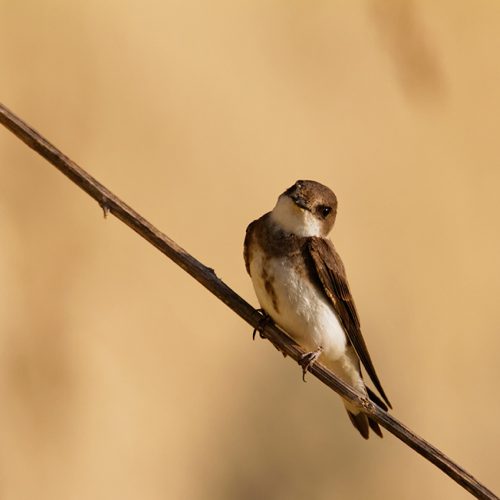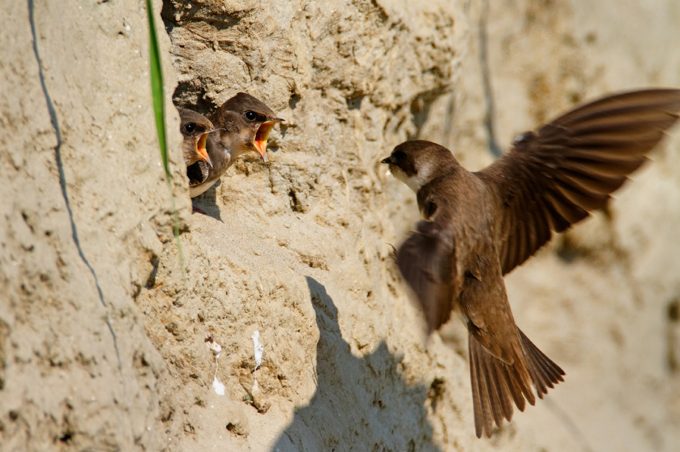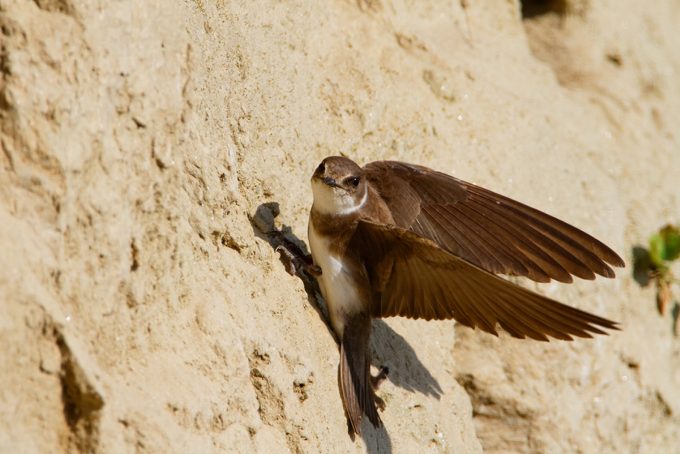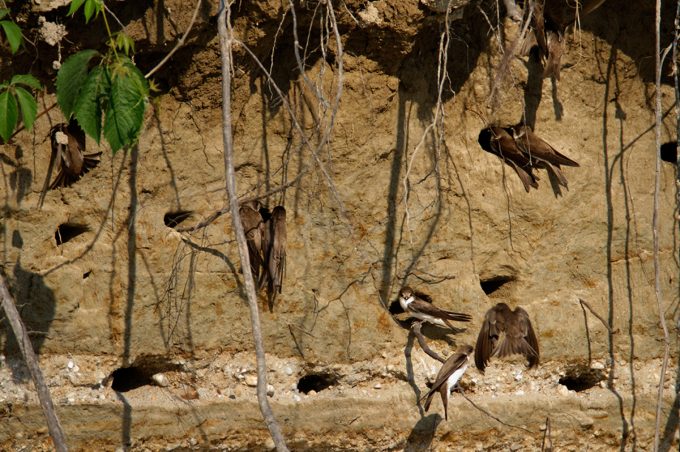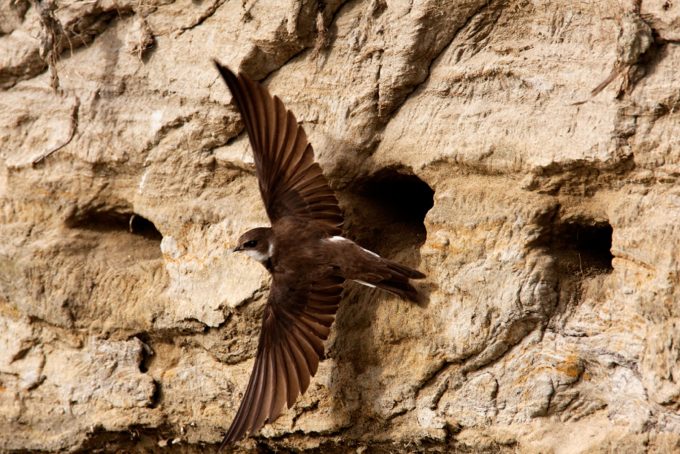News
The sand martin
Croatian bird of the year 2016
WWF, together with NGOs of Natural History Society Drava, Green Osijek, Croatian Society for the Protection of Birds and Nature, Baobab, ZEUS and Matis rafting club, proclaimed the sand martin the Croatian bird of the year 2016. Through this very interesting bird, NGOs want to draw attention to the ongoing loss of natural habitats along the Drava River and call for the protection and restoration of habitat for the smallest member of the swallow family.
The sand martin is the ambassador of a living and healthy river Drava. It lives in rare habitats such as natural steep river banks and “where we see sand martins, can we expect other species of endangered birds that depend on natural dynamic habitats, such as the bee-eater and kingfisher,” said Branka Španiček, Project Officer at WWF Adria.
With the size of about 12 cm and weighing only 14 grams, the sand martin (Riparia riparia) is the smallest European swallow. It’s a very social species, which nests in colonies. They usually build nests in natural, vertical, sandy river banks. Upon their return from Africa in April, they begin to dig about 70 cm deep tunnels into the steep river banks. Sand martins feed on small flying insects and a family can for example eat up to 10,000 mosquitos per day, which is a great service to people, as well as to other animals such as cattle.
The sand martin is one of the most endangered species of birds along the Drava in Croatia. About 50% of the Croatian sand martin population can be found here, however, the number of breeding pairs has decreased by 90% in the past 30 years. Experts estimate that the national population in the 80s was over 30,000 pairs, while today this number estimated to be between 5.000-8.000 pairs only. In the area of Amazon of Europe, less than 4.000 pairs were counted in 2015.
The dramatic fall in numbers was caused by the destruction of their habitats - natural steep river banks - for river regulation (e.g. flood defence), as well as through the drainage of wetland areas and the use of pesticides, which kills their main food source. “If this negative trend continues, we are concerned that we will lose this bird, which was once very common along the Drava," said Ivan Darko Grlica, Croatian expert for sand martins from the Natural History Society Drava, who has been monitoring the sand martin population in the area for more than 10 years.
However, the species is not lost just yet, as there are ways to preserve this extraordinary bird. The last remaining nesting sites must be protected and it is necessary to stop river regulation and use of pesticides along the Drava River. “We have to act now if we want to save this species. In addition to preserving the existing colonies, we should restore habitats that were destroyed in the past,” said Dinko Pesic, project coordinator in the association Green Osijek.
As part of the campaign "Sand martin – Bird of the Year 2016", WWF, Green Osijek, Drava Natural History Society, in collaboration with other partners, will carry out activities for the protection of these beautiful bird and to raise awareness about the importance of free flowing and dynamic rivers.
